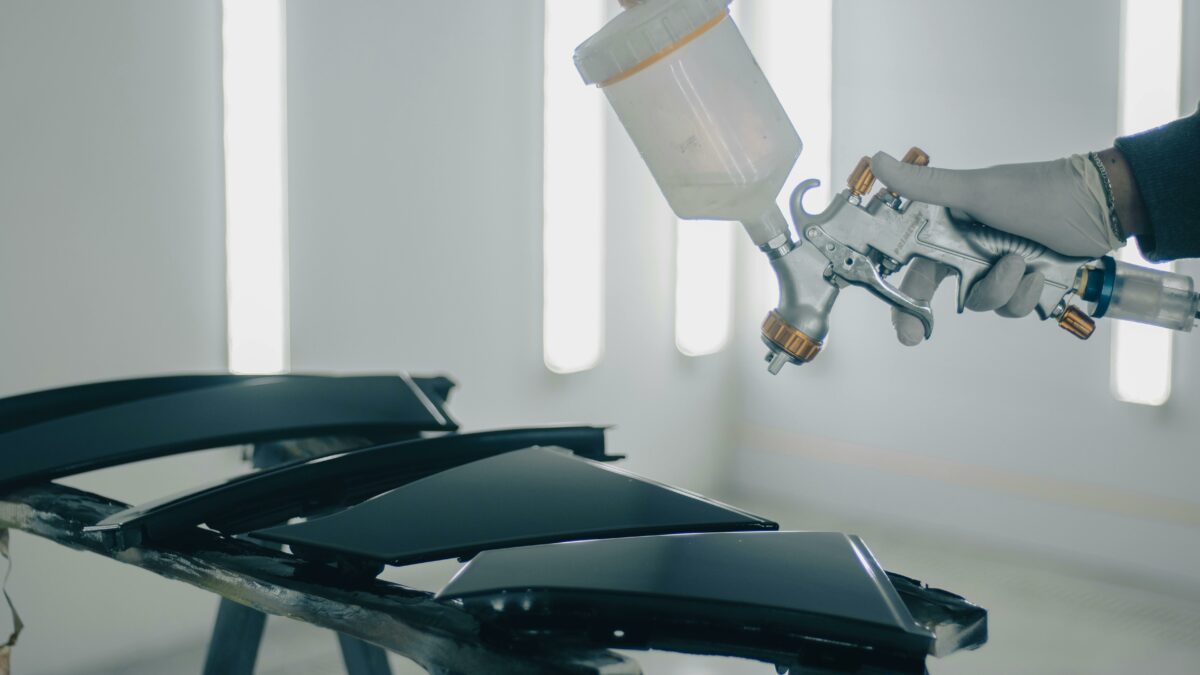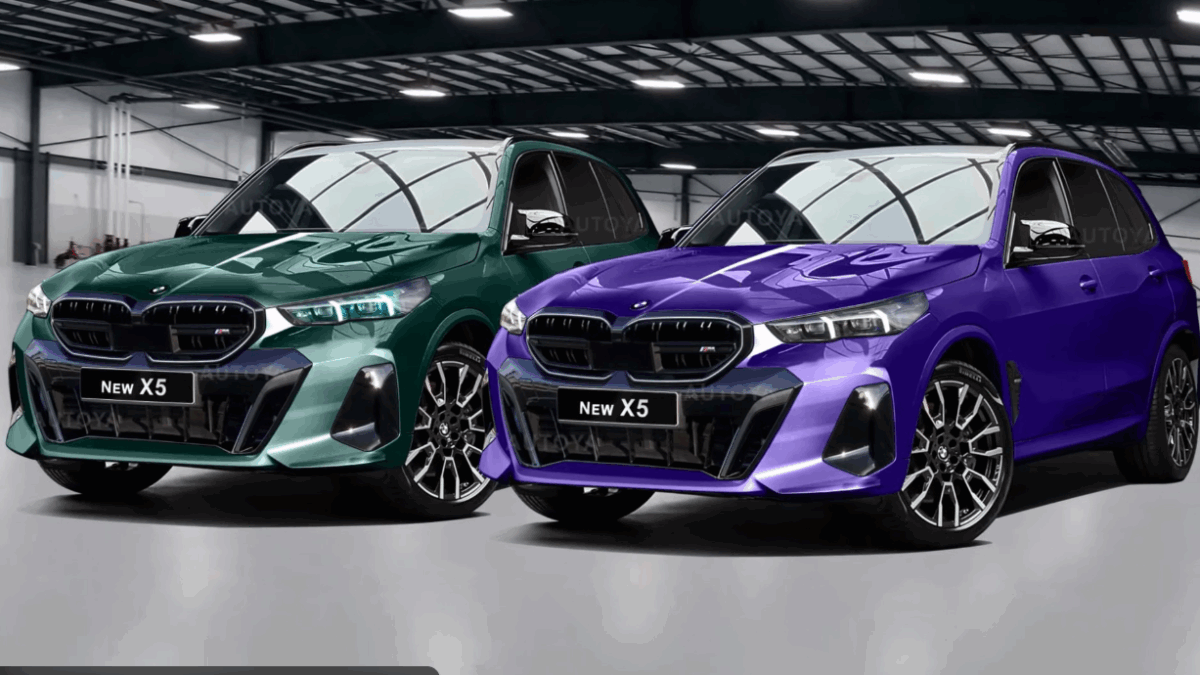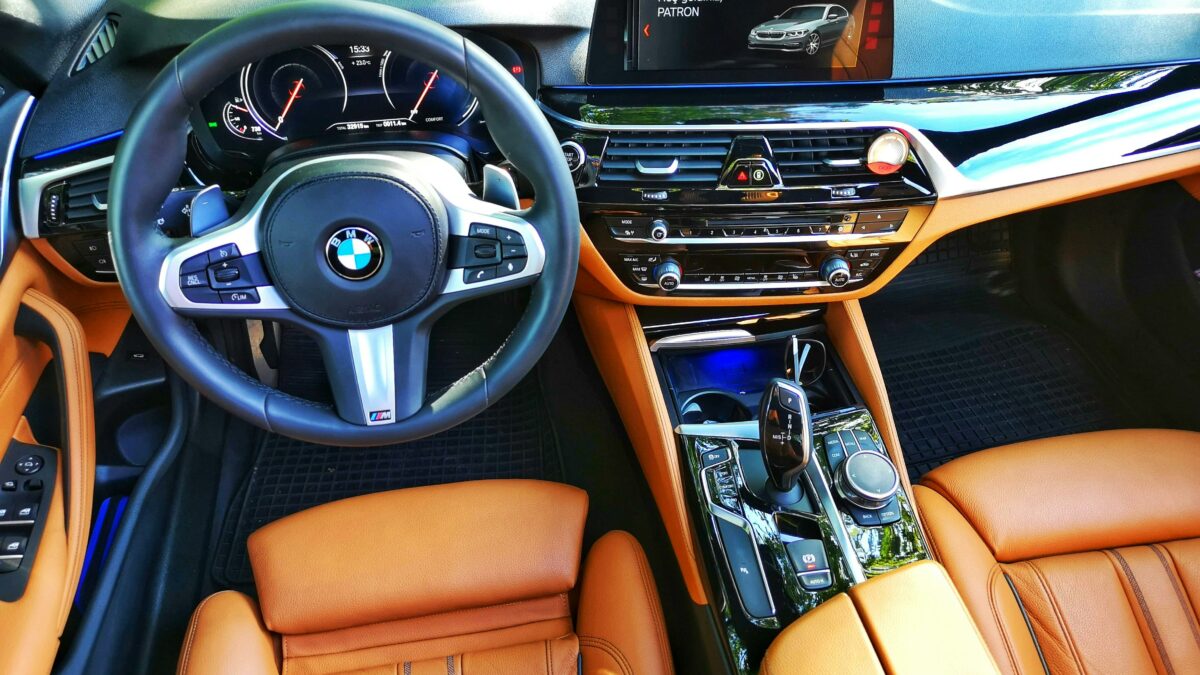
Al Masaood Group Announces 24th Consecutive Year of Participation at ADIPEC 2023
Al Masaood Group, one of Abu Dhabi’s leading business conglomerates, today announced its 24th consecutive year of participation in the upcoming Abu Dhabi International Petroleum Exhibition and Conference (ADIPEC). The highly anticipated event will bring together industry leaders, stakeholders, and key players in the energy sector from October 2-5 at the Abu Dhabi National Exhibition Centre (ADNEC). Al Masaood’s prominent presence at ADIPEC aims to showcase and promote innovative and sustainable industrial solutions for the oil and gas, utilities, power, manufacturing, and nuclear sectors in alignment with the UAE’s Energy Strategy 2050 and Net Zero by 2050 strategic initiatives.
An extensive range of products and services will be showcased by Al Masaood through its Industrial Divisions, including Al Masaood Projects & Engineering Services Division (PESD), Al Masaood Power Division, Al Masaood Technical Services, and Al Masaood Industries. Stands 3430 and 3530, located in Hall 3 in ADNEC, will host the divisions, as well as some of the global Principals and Technology Partners, including KSB, Chart and Howden, Quartzelec, Schroedahl, PACT, TubeFit Engineers, Leroy-Somer, Bertin Technologies, John Cockerill, and Lamtec, – serving as a platform to foster partnerships and collaborations, connecting with industry peers and customers.
Hani El Tannir, CEO at Al Masaood – Group Industrial, said: “As pioneers in the industry, we are dedicated to providing cutting-edge technology and solutions that support our business strategy and contribute to the UAE’s vision of a more sustainable energy sector. Al Masaood’s commitment to driving innovation has led us to mark our 24th consecutive year of presence at ADIPEC, which offers an opportunity to showcase our capabilities, collaborate with like-minded organisations and forge strategic partnerships with other industry leaders. Our solutions are deployed in multiple landmark projects vital to the UAE’s socio-economic progress, and we are proud to further accelerate sustainable growth and innovation that will shape the future of the energy landscape.”
Revolutionary Innovations Take Centre Stage at ADIPEC 2023
Innovation, sustainability, and efficiency are the main hallmarks of Al Masaood’s product lineup at ADIPEC 2023. Al Masaood Projects & Engineering Services Division (PESD) will lead the charge in providing the UAE’s energy sector with engineering equipment solutions from supply to installation, commission, and maintenance. As part of its growth strategy, the division will also form strategic partnerships with several international brands, enhancing its offering portfolio in the country.
Dr Khursheed Alam, General Manager at Al Masaood Projects & Engineering Services Division (PESD) said: “Innovation is at the heart of our showcased solutions at ADIPEC 2023, and this global platform allows us to demonstrate the breadth and depth of our integrated energy portfolio. Our featured innovations have the power to revolutionise the industry, bringing efficiency, data-driven maintenance, and enhanced performance. Further, our exhibits on safety, security, and environmental protection underline our efforts to prioritise the well-being of personnel and the preservation of our ecosystem. ADIPEC serves as an ideal platform to highlight our continuous dedication to set new heights in the energy sector.”







